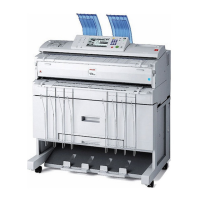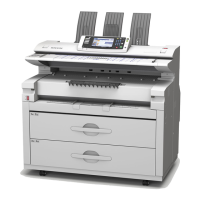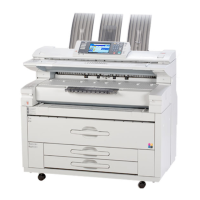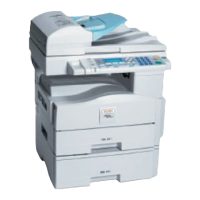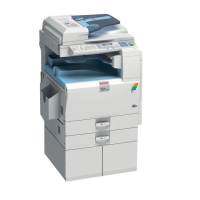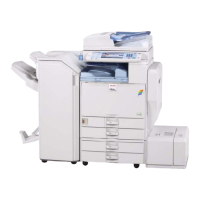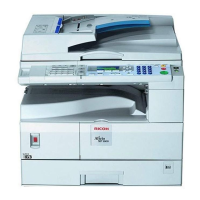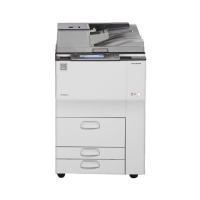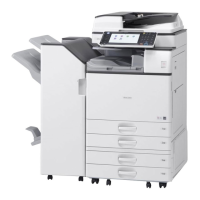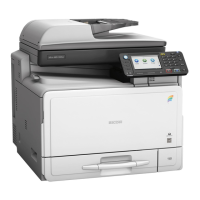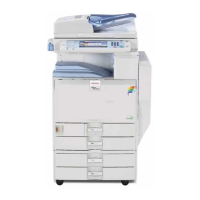2. Configuring Administrator
Authentication
This chapter describes what an administrator can do, how to register an administrator, how to specify
administrator authentication, and how to log in to and out from the machine as an administrator.
Administrators
Administrators manage user access to the machine and various other important functions and settings.
When an administrator controls limited access and settings, first select the machine's administrator and
enable the
authentication function before using the machine. When the authentication function is enabled,
the login user name and login password are required in order to use the machine. The roles of user
administrator, machine administrator, network administrator, and file administrator can be assigned to
separate administrators. Sharing administrator tasks eases the burden on individual administrators while
also reducing the possibility of unauthorized access and operations. Multiple administrator roles can be
assigned to one administrator, and one role can also be shared by more than one administrator. You can
also specify a supervisor who can change each administrator's password. Administrators cannot use
functions such as copying and printing. To use these functions, the administrator must be authenticated as
the user.
For instructions on registering the administrator, see "Registering the Administrator", and for instructions on
changing the administrator's password, see "Supervisor Operations". For details on Users, see "Users".
• If user authentication is not possible because of a problem with the hard disk or network, you can use
the machine by accessing it using administrator authentication and disabling user authentication. Do
this if, for instance, you need to use the machine urgently.
• p.30 "Registering the Administrator"
• p.261 "Supervisor Operations"
•
p.37 "Users"
User Administrator
This is the administrator who manages personal information in the Address Book.
A user
administrator can register/delete users in the Address Book or change users' personal information.
Users registered in the Address Book can also change and delete their own information.
If any of the users forget their password, the user administrator can delete it and create a new one, allowing
the user to access the machine again.
23
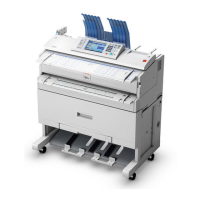
